Body embedding for weight loss is a weight loss method that stimulates metabolism and suppresses appetite by embedding absorbable threads into acupoints. Its effectiveness varies from person to person and needs to be evaluated based on individual circumstances. The principle of thread embedding for weight loss is to continuously stimulate acupoints through the thread body, regulate endocrine function, promote fat metabolism, and suppress appetite. But the effect is not immediate, it needs to be combined with dietary control and exercise to achieve the desired effect. For some populations, there may be certain risks associated with thread embedding for weight loss, and it should be carried out under the guidance of a professional doctor.
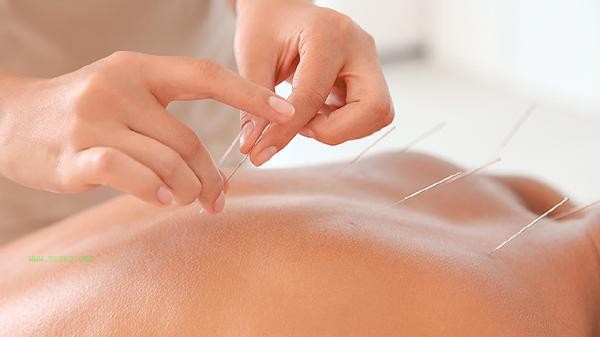
1. Principle and mechanism of thread embedding for weight loss
Thread embedding for weight loss is the process of embedding absorbable medical grade catgut or polymer thread into specific acupoints, continuously stimulating the acupoints through the thread body, regulating the human endocrine system, and promoting fat breakdown and metabolism. At the same time, acupoint stimulation can also suppress appetite and reduce calorie intake. The advantage of this method is that there is no need for frequent acupuncture and moxibustion, and the suture can last for 2-4 weeks in the body, which is suitable for busy people.
2. Target population and contraindications for thread embedding weight loss
Thread embedding weight loss is suitable for individuals with simple obesity, postpartum obesity, and obesity caused by metabolic problems. However, caution should be exercised for the following groups of people: pregnant women, lactating women, individuals with skin infections or allergies, and those with severe cardiovascular or immune system diseases. Embedding thread for weight loss is not suitable for everyone, and the effect varies from person to person. It needs to be evaluated by a professional doctor before proceeding.
3. Operation process and precautions for thread embedding weight loss
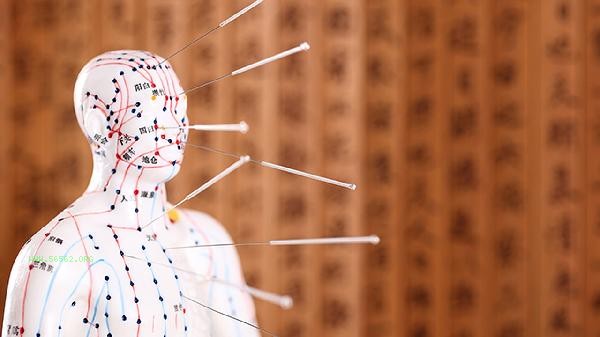
Thread embedding weight loss should be carried out in a formal medical institution, and the operation process includes acupoint positioning, disinfection, thread embedding, and other steps. After burying the wire, it is important to maintain local cleanliness, avoid vigorous exercise, and prevent infection. During the thread embedding process, slight swelling, pain, or bruising may occur, which usually subsides on its own within 1-2 days. If there is persistent discomfort or fever, seek medical attention promptly.
4. Potential risks and side effects of thread embedding for weight loss
Although thread embedding for weight loss is relatively safe, there are still certain risks involved. Common side effects include local infections, thread body rejection reactions, and discomfort caused by excessive acupoint stimulation. In rare cases, there may be displacement or breakage of the wire body, which needs to be dealt with in a timely manner. It is crucial to choose reputable medical institutions and experienced doctors to reduce risks.
5. Auxiliary measures and effectiveness improvement of thread embedding weight loss
Thread embedding weight loss is not a single therapy, it needs to be combined with dietary control and exercise to achieve the best results. In terms of diet, it is recommended to reduce the intake of high calorie foods and increase the proportion of vegetables, fruits, and high-quality protein. In terms of exercise, you can choose aerobic exercises such as brisk walking and swimming, 3-5 times a week, for more than 30 minutes each time. Maintaining good sleep habits and mindset can also help improve weight loss outcomes.
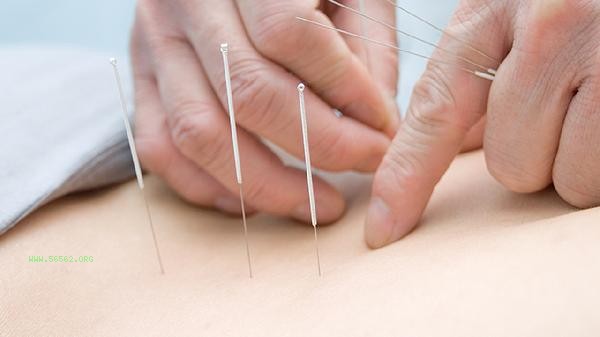
Body embedding for weight loss, as an auxiliary weight loss method, has certain scientific basis and clinical effects, but it is not a universal solution. The effect varies from person to person and needs to be evaluated based on individual circumstances. When choosing buried thread for weight loss, it is necessary to follow the guidance of a professional doctor and cooperate with dietary control and exercise in order to safely and effectively achieve weight loss goals. For individuals with contraindications or doubts about the effectiveness, it is recommended to choose other more suitable weight loss methods.

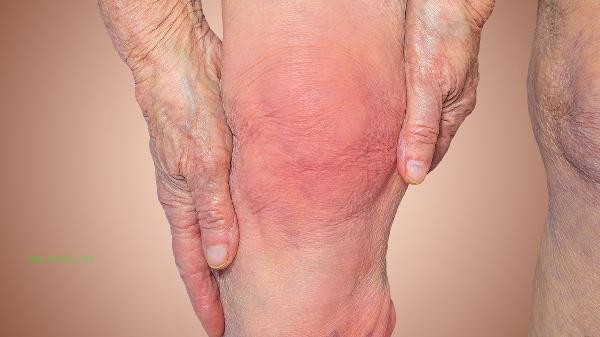
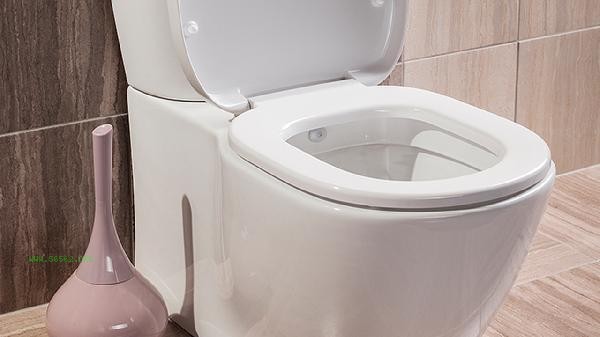
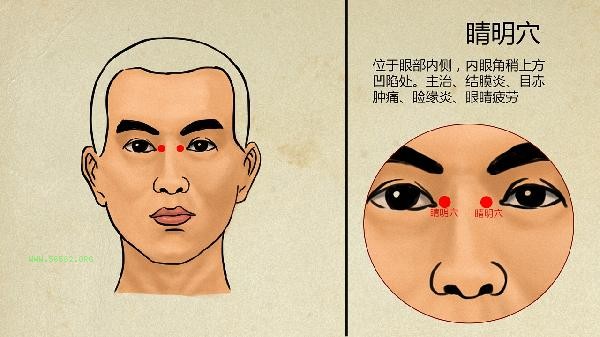
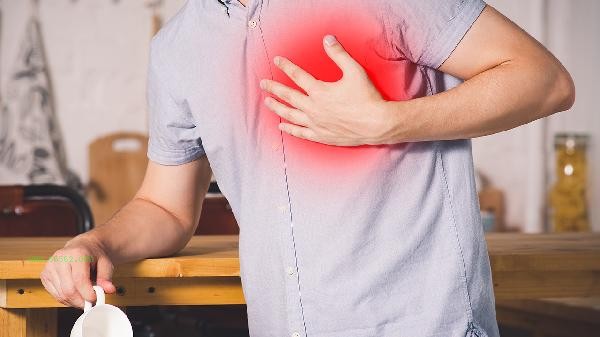
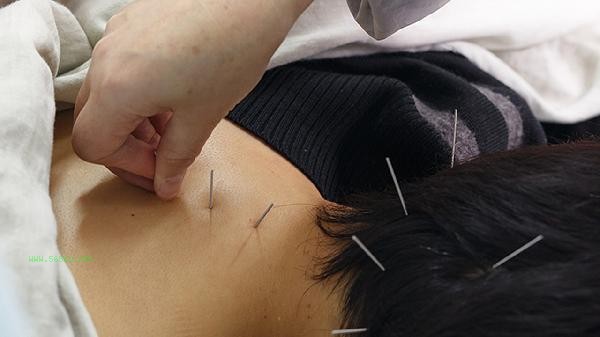


Comments (0)
Leave a Comment
No comments yet
Be the first to share your thoughts!